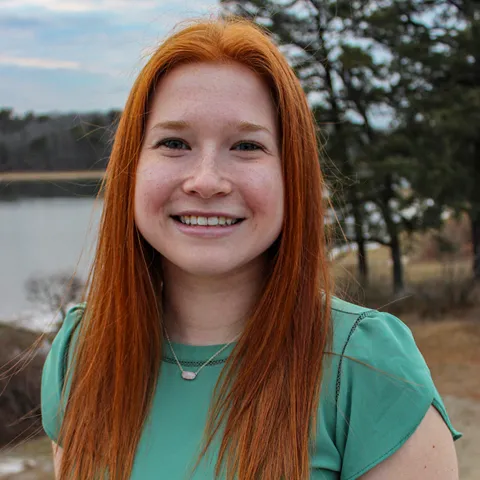
Samantha Dinsdale ’19
I began participating in research at UNE in the fall of my sophomore year. From spring of 2017 until I graduated, I worked in Ben Harrison's, Ph.D., lab.
In the Harrison Lab, the goal is to understand nerve regeneration has numerous impacts. For example, if we can better understand the biochemical mechanism(s), then we can potentially target gene expression and generate new treatments to help spinal cord injury (SCI) patients regrow their nerves after injury, redirect nerves growing in tumors (i.e., bone cancer, arguably the most painful type), regenerate neural connections in cardiac tissue after heart attacks, etc. Knowing this potential impact was what intrigued me to join the lab due to the numerous clinical applications (and my interest in SCI patients).
I was fortunate to run my own project for two years, focusing on behavior and optimizing experimental testing for future studies. I was able to attend two conferences while working in the Harrison Lab and presented my findings a total of six times — three poster presentations and three oral presentations. My time in the lab helped me grow a passion for research and helped me become the scientist I am today.
Now, I am the lab manager/technician for Ian Meng, Ph.D. In the Meng lab, I am currently studying dry eye and chronic pain, attempting to aid in efforts to create better treatments for millions of people who suffer from dry eye. In the lab, we also receive contracts from companies (i.e. contact lens companies) to run cohorts of animals to test the effects of their newly developed drug treatments. Like many labs, collaborations happen frequently, such as with Geoffrey Ganer, Ph.D., in the Ganter Lab to uncover the pSMAD pathway in rodents and methods to manage this pain pathway in a rodent mode. He's discovered the biochemical mechanism in drosophila fly.